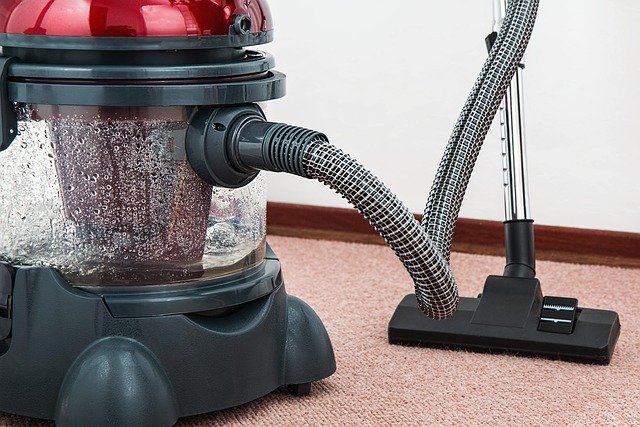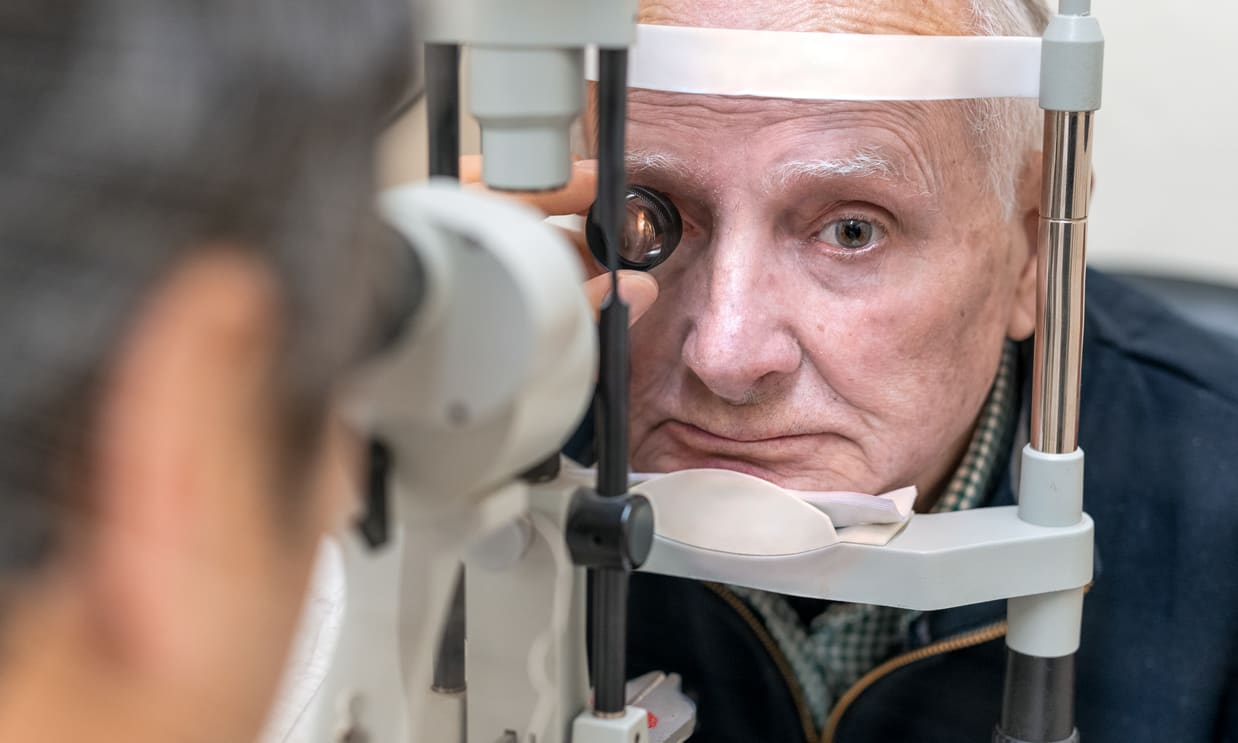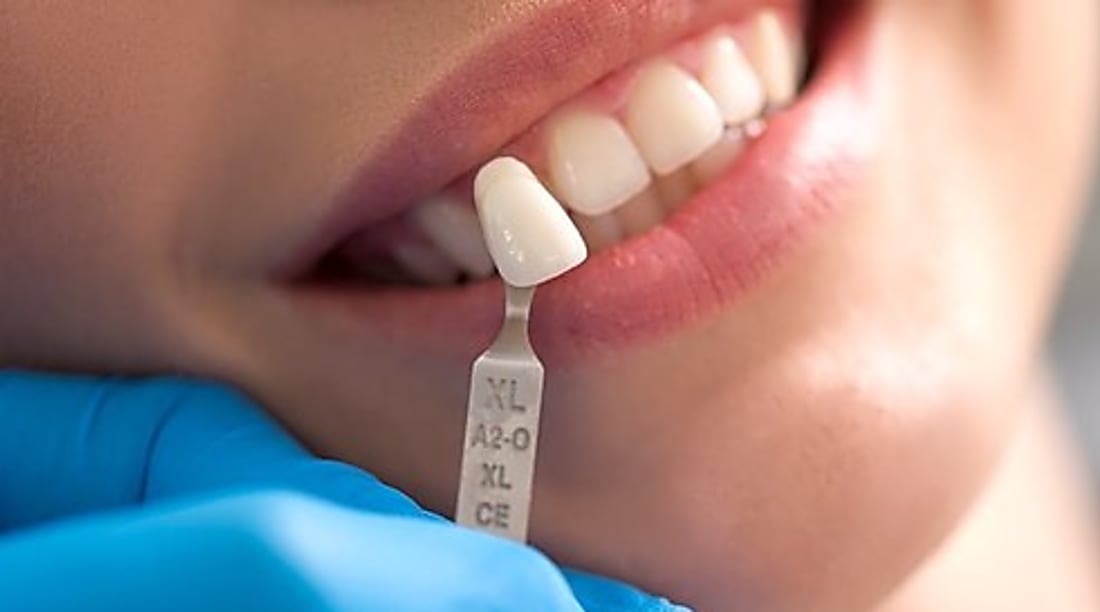An Overview Of Tardive Dyskinesia in Adults and the Elderly
Tardive dyskinesia (TD) is a neurological disorder characterized by involuntary, repetitive body movements. This condition primarily affects adults and the elderly, often as a side effect of long-term use of certain medications. Understanding the causes, early signs, and treatment options for tardive dyskinesia is crucial for both patients and caregivers. This article provides a comprehensive overview of tardive dyskinesia in adults and the elderly, exploring its underlying causes, symptoms, and current treatment approaches.

What causes tardive dyskinesia in adults and the elderly?
Tardive dyskinesia is primarily caused by prolonged use of certain medications, particularly antipsychotics. These drugs are commonly prescribed to treat mental health conditions such as schizophrenia, bipolar disorder, and severe depression. The risk of developing TD increases with age, making the elderly more susceptible. Other factors that may contribute to the development of tardive dyskinesia include:
-
Duration of medication use
-
Higher medication doses
-
Female gender
-
Presence of mood disorders
-
Substance abuse
-
Brain injuries or certain medical conditions
It’s important to note that not everyone who takes these medications will develop tardive dyskinesia, and the exact mechanisms behind its occurrence are still not fully understood.
What are the early signs of tardive dyskinesia?
Recognizing the early signs of tardive dyskinesia is crucial for timely intervention and management. Some of the initial symptoms to watch for include:
-
Involuntary movements of the lips, tongue, and jaw
-
Facial grimacing or tongue protrusion
-
Rapid blinking or eye movements
-
Finger or toe tapping
-
Swaying or rocking movements of the trunk
-
Involuntary movements of the arms or legs
These movements may be subtle at first and can easily be overlooked. It’s essential for patients, caregivers, and healthcare providers to be vigilant in monitoring for these early signs, especially in individuals taking antipsychotic medications.
How is tardive dyskinesia diagnosed in adults and the elderly?
Diagnosing tardive dyskinesia involves a comprehensive evaluation by a healthcare professional, typically a neurologist or psychiatrist. The diagnostic process usually includes:
-
A thorough medical history review, focusing on medication use
-
Physical and neurological examinations
-
Assessment of involuntary movements using standardized rating scales
-
Ruling out other movement disorders with similar symptoms
-
In some cases, imaging studies or blood tests to exclude other conditions
Early diagnosis is critical for managing tardive dyskinesia effectively and preventing its progression. Regular check-ups and open communication with healthcare providers are essential for individuals at risk.
What are the current treatment options for tardive dyskinesia?
Treatment options for tardive dyskinesia have expanded in recent years, offering hope to those affected by this condition. The primary approaches include:
-
Medication adjustment: Reducing or discontinuing the causative medication, if possible, under medical supervision.
-
Vesicular monoamine transporter 2 (VMAT2) inhibitors: FDA-approved medications specifically for TD, such as valbenazine and deutetrabenazine.
-
Antioxidants: Supplements like vitamin E may help reduce symptoms in some cases.
-
Botulinum toxin injections: For localized symptoms, particularly in facial muscles.
-
Deep brain stimulation: A surgical option for severe cases that don’t respond to other treatments.
It’s crucial to work closely with healthcare providers to determine the most appropriate treatment plan, as each case of tardive dyskinesia is unique and may require a personalized approach.
What lifestyle changes can help manage tardive dyskinesia symptoms?
While medication and medical interventions are primary in treating tardive dyskinesia, certain lifestyle modifications can complement the treatment and help manage symptoms:
-
Regular exercise and physical activity to improve overall muscle control and coordination
-
Stress reduction techniques such as meditation, yoga, or deep breathing exercises
-
Maintaining a healthy diet rich in antioxidants
-
Avoiding caffeine and nicotine, which may exacerbate symptoms
-
Engaging in activities that promote fine motor skills, such as painting or puzzles
-
Joining support groups to connect with others experiencing similar challenges
These lifestyle changes, when combined with medical treatment, can significantly improve the quality of life for individuals living with tardive dyskinesia.
How can caregivers support adults and elderly with tardive dyskinesia?
Caregivers play a crucial role in supporting adults and elderly individuals with tardive dyskinesia. Here are some ways they can provide assistance:
-
Educate themselves about the condition to better understand the challenges faced by their loved ones
-
Assist with medication management and ensure adherence to treatment plans
-
Accompany patients to medical appointments and help communicate symptoms or concerns
-
Create a safe home environment to prevent falls or accidents due to involuntary movements
-
Encourage and participate in physical activities and exercises
-
Provide emotional support and help maintain a positive outlook
-
Assist with daily tasks that may become challenging due to TD symptoms
| Treatment Option | Provider | Cost Estimation (per month) |
|---|---|---|
| Valbenazine (Ingrezza) | Neurocrine Biosciences | $6,000 - $9,000 |
| Deutetrabenazine (Austedo) | Teva Pharmaceuticals | $5,500 - $8,500 |
| Tetrabenazine (Xenazine) | Lundbeck | $3,000 - $5,000 |
| Botulinum toxin injections | Various healthcare providers | $500 - $1,500 (per session) |
| Deep brain stimulation | Specialized medical centers | $35,000 - $50,000 (initial surgery) |
Prices, rates, or cost estimates mentioned in this article are based on the latest available information but may change over time. Independent research is advised before making financial decisions.
In conclusion, tardive dyskinesia is a complex condition that primarily affects adults and the elderly, often as a result of long-term use of certain medications. Understanding its causes, recognizing early signs, and exploring available treatment options are crucial steps in managing this disorder. With advancements in medical treatments and a holistic approach to care, individuals with tardive dyskinesia can find ways to improve their quality of life and manage their symptoms effectively.
This article is for informational purposes only and should not be considered medical advice. Please consult a qualified healthcare professional for personalized guidance and treatment.




